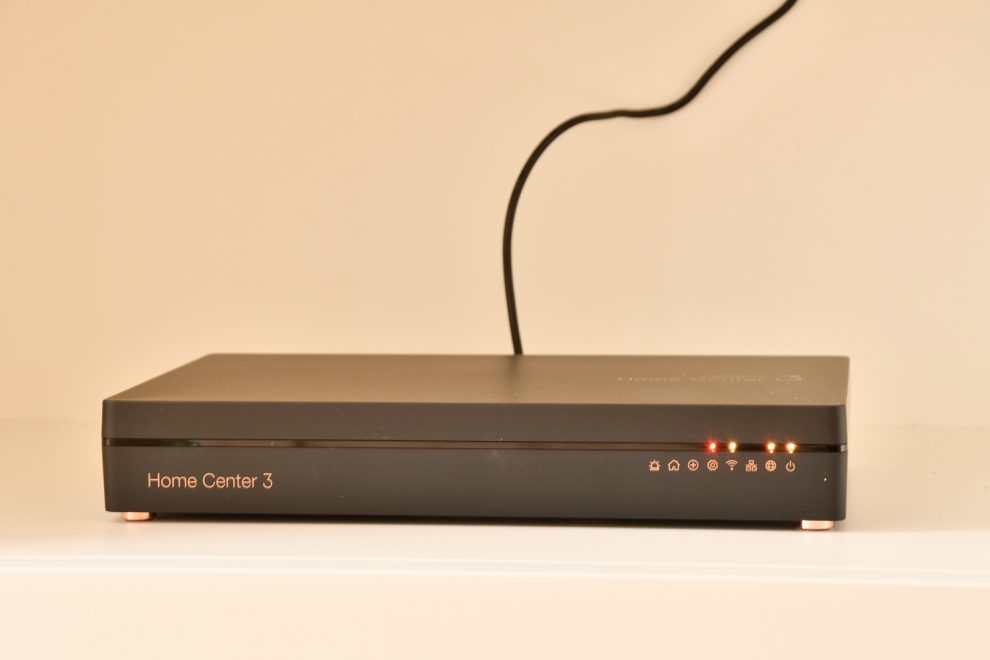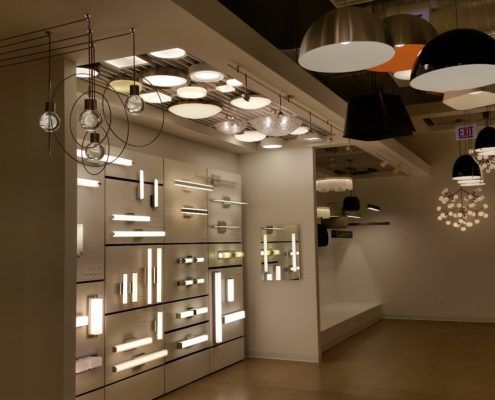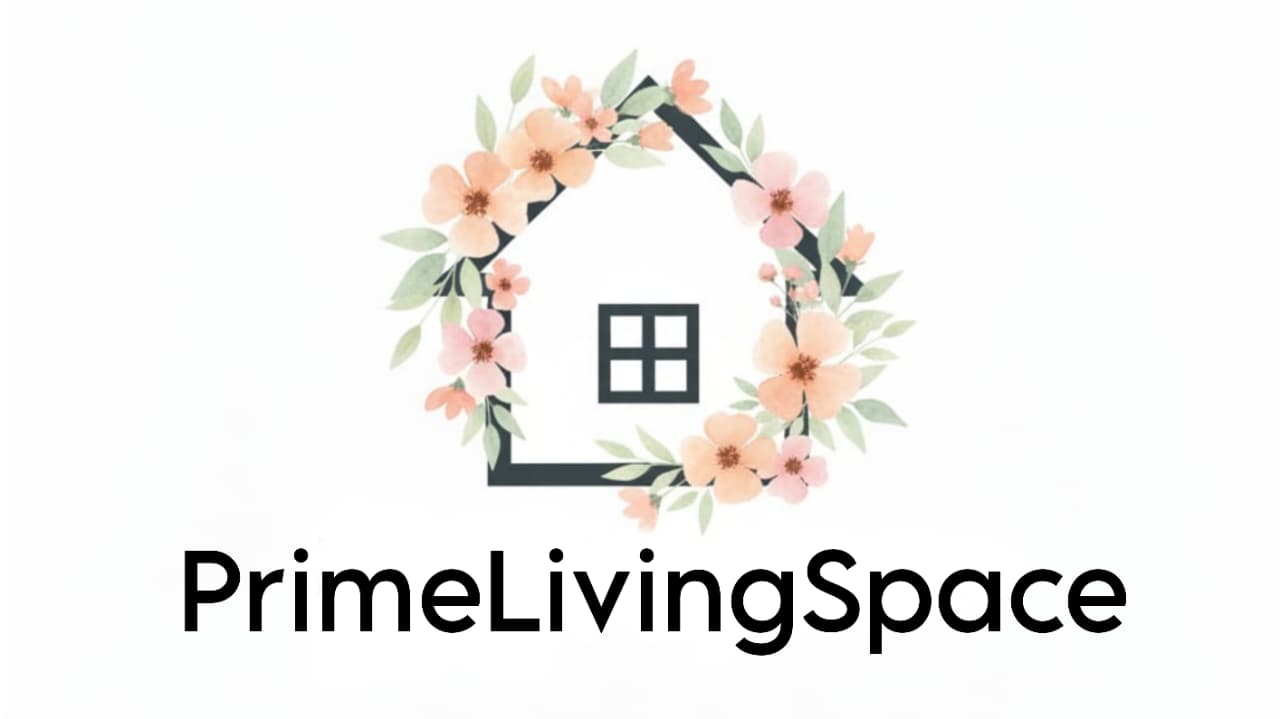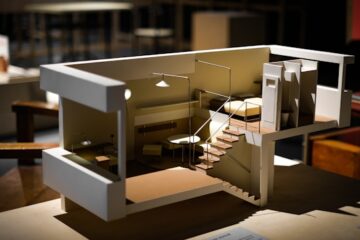
If you’ve been shopping for affordable smart home hubs, you’ve probably stumbled across Home Center Lite. On paper, it looks like a dream: small, affordable, and capable of running Z-Wave devices. For beginners, it feels like a safe first step into smart living.
But here’s the catch: once you start building a bigger or more advanced smart home, the cracks begin to show. Missed automations. Slowdowns. Limited features. And a future that doesn’t look very future-proof.
This guide unpacks the limitations of Home Center Lite—from scalability issues to real-world frustrations that buyers rarely talk about. By the end, you’ll know exactly whether HCL fits your setup, and what smarter alternatives might be.
Scalability & Performance Limits of Home Center Lite
How Many Devices Can Home Center Lite Really Handle?
Fibaro designed HCL for modest use cases—think apartments or small homes. While some users manage around 20–40 devices comfortably, things get shaky beyond that. Automations start lagging, scenes don’t always trigger, and the “smart” in smart home feels not-so-smart anymore.
Imagine hosting a dinner party: you expect your lights to dim, music to start, and blinds to lower—all at once. On HCL, chances are one of those steps will glitch.
Why Big Homes Face Lag and Dropped Automations
Large houses demand more from a hub. With dozens of automations running simultaneously, HCL’s limited processing power becomes obvious. Unlike HC3, which can juggle multiple conditions with ease, HCL struggles to keep up.
The Z-Wave Mesh Problem No One Talks About
Home Center Lite relies solely on Z-Wave. In smaller spaces, that’s fine. But in multi-level homes or properties with detached garages, weak signal and mesh instability lead to dropped connections. Without enough powered repeaters, devices in remote corners may stop responding altogether.
Missing Features That Limit Creativity
No Lua Scripting or Quick Apps – What You’re Missing
If you love tinkering and creating custom automations, HCL will frustrate you. It doesn’t support Lua scripting or Quick Apps, which means no advanced “if this and that, then that” logic. You’re stuck with basic, one-condition triggers.
Limited Automation Compared to Home Center 3
Want a routine like “turn off lights only if motion is detected AND it’s after 11 PM AND no one is home”? HCL can’t handle that. HC3 or platforms like Home Assistant can—but Lite keeps things overly simple.
Trouble Integrating With Matter/Thread Devices
Here’s the deal: Matter and Thread are the future of smart home standards. HCL doesn’t support them. Buying it in 2025 is like buying a phone that can’t connect to 5G—it’ll work for now, but it won’t grow with you.

Future-Proofing Concerns
Will Fibaro Keep Supporting Home Center Lite?
Fibaro clearly prioritizes HC3 now. Updates for HCL are slow and support feels like an afterthought. For a device that’s supposed to be the “brain” of your home, that’s risky.
The Painful Process of Migrating to HC3
Thinking you’ll just “upgrade later”? Be warned—there’s no smooth migration. You’ll need to manually re-pair every single device. For someone with 30+ devices, that’s hours (if not days) of work.
Is Home Center Lite Already Outdated in 2025?
Yes, in many ways. Competing hubs now offer faster processing, Matter support, and stronger developer ecosystems. HCL still works—but it feels like yesterday’s solution in today’s rapidly evolving smart home world.
Real-World User Pain Points
Why Troubleshooting Is Harder Than You Think
When something breaks, HCL doesn’t give you much insight. There’s no detailed logging or diagnostics. Most users end up on forums, trial-and-error testing, or rebooting devices until something magically works again.
The Cloud Dependency Dilemma (What Happens Offline)
HCL runs some automations locally, but remote access depends on Fibaro’s cloud. If your internet drops—or Fibaro servers go down—you lose control. Imagine being on vacation and suddenly locked out of your home controls.
Beginner Frustrations That No Guide Solves
For newcomers, HCL’s interface feels clunky. Tutorials are outdated, and even simple tasks like building a scene can take trial and error. Many first-time smart home buyers give up before unlocking its true potential.
What to Do Instead
If you already own Home Center Lite:
- Add powered Z-Wave devices to strengthen your mesh.
- Keep automations simple—don’t overload it.
- Explore third-party workarounds where possible.
If you’re buying now:
- HC3 Lite → A step up without breaking the bank.
- HC3 → Best for large homes, serious automations, and long-term reliability.
- Competitors → Home Assistant, Hubitat, or SmartThings bring flexibility, Matter support, and larger communities.
Final Verdict
Home Center Lite isn’t bad—it’s just limited. It works for small apartments, budget setups, or users who don’t need advanced features. But if you want a future-proof smart home that grows with you, you’ll quickly hit walls.
Bottom line: buy HCL only if you understand and accept its limits. Otherwise, invest in HC3 or a more versatile hub now, and save yourself the headaches later.
FAQs About Home Center Lite Limitations
Q1: Can Home Center Lite handle large smart homes?
Not really. It struggles past 20–40 devices, especially in multi-story houses.
Q2: Does Home Center Lite support Matter or Thread?
No. It only supports Z-Wave, making it less future-proof in 2025 and beyond.
Q3: What’s the difference between Home Center Lite and Home Center 3?
HC3 supports Lua scripting, Quick Apps, faster processing, and wider compatibility. HCL is cheaper but far more limited.
Q4: Is it easy to upgrade from HCL to HC3?
No. You’ll need to manually re-add every device, which can take hours or days.
Q5: Is Home Center Lite still worth buying in 2025?
Only for small, budget setups. For scalability or long-term compatibility, choose HC3 or another hub.



